Home>Home Appliances>Laundry Appliances>How To Wash Underwear In The Washing Machine
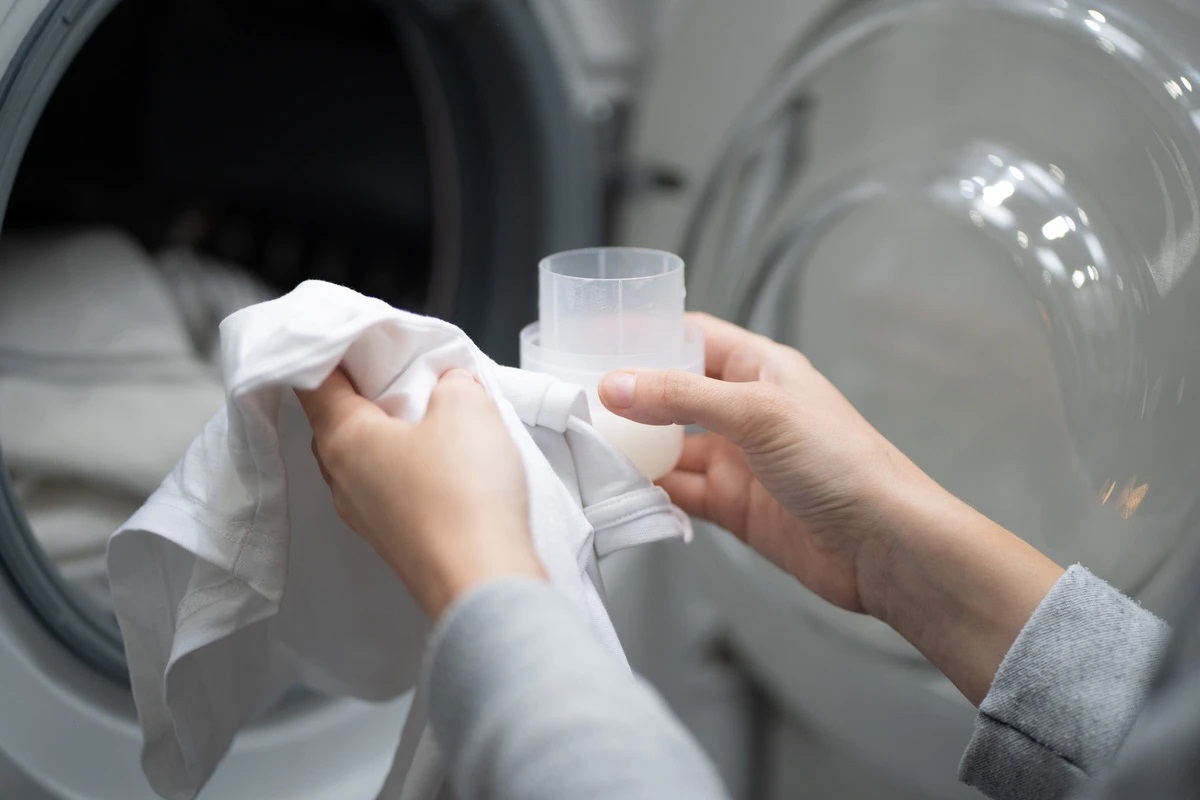

Laundry Appliances
How To Wash Underwear In The Washing Machine
Modified: October 27, 2024
Learn the best way to wash underwear in the washing machine with our expert tips. Discover the right laundry appliances and techniques for clean and fresh results.
(Many of the links in this article redirect to a specific reviewed product. Your purchase of these products through affiliate links helps to generate commission for Storables.com, at no extra cost. Learn more)
Introduction
Washing underwear is an essential part of maintaining personal hygiene and ensuring that undergarments remain clean and fresh. While it may seem like a straightforward task, there are several factors to consider to ensure that the underwear is properly cleaned without causing damage. From sorting the underwear to selecting the appropriate detergent and wash cycle, each step plays a crucial role in achieving optimal results.
In this comprehensive guide, we will delve into the intricacies of washing underwear in a washing machine. By understanding the nuances of this process, individuals can effectively care for their undergarments, prolong their lifespan, and maintain a high level of cleanliness and comfort.
Whether you are a laundry novice or seeking to refine your laundry practices, this guide will equip you with the knowledge and insights needed to tackle this everyday chore with confidence. So, let's embark on this journey to discover the best practices for washing underwear and ensuring that they emerge from the washing machine as fresh and clean as possible.
Key Takeaways:
- Sort your underwear by fabric type and color before washing to maintain their quality and prevent color bleeding. Fasten hooks and clasps to prevent damage during the wash cycle.
- Use gentle detergent, appropriate water temperature, and air dry delicate fabrics like silk and lace to keep your underwear clean and in top condition.
Read more: How To Organize Socks And Underwear
Sorting the Underwear
Sorting the underwear before washing is a crucial step that often goes overlooked. However, taking the time to properly sort the garments can significantly impact the washing process and the longevity of the underwear. The first aspect to consider when sorting underwear is the fabric type. Different fabrics, such as cotton, silk, lace, or synthetic materials, require specific care to maintain their quality and shape. By separating the underwear based on fabric type, you can ensure that each piece receives the appropriate treatment during the wash cycle.
Another important factor to consider when sorting underwear is the color. Dark, vibrant, or bright-colored underwear should be washed separately from lighter or white garments to prevent color bleeding and maintain the original appearance of each piece. Additionally, sorting underwear based on the level of soiling or stains can help ensure that heavily soiled items receive the necessary attention during the wash cycle, preventing potential cross-contamination with cleaner garments.
Furthermore, it is advisable to fasten any hooks, clasps, or fasteners on bras or delicate underwear to prevent them from snagging or tangling with other items during the wash. This simple precaution can help preserve the integrity of the garments and prevent damage during the washing process.
By taking the time to sort the underwear before loading them into the washing machine, individuals can optimize the cleaning process and minimize the risk of damage or discoloration. This thoughtful approach to sorting not only contributes to the overall effectiveness of the wash but also helps maintain the quality and appearance of the underwear, ensuring that they remain in top condition for an extended period.
Choosing the Right Detergent
Selecting the appropriate detergent is a pivotal step in ensuring the effective and gentle cleaning of underwear in the washing machine. When it comes to washing delicate garments like underwear, opting for a mild and gentle detergent is paramount. Look for detergents specifically formulated for delicate fabrics or labeled as suitable for lingerie and intimates. These detergents are designed to provide thorough cleaning while being gentle on the delicate fibers of underwear, helping to preserve their softness and elasticity.
It's essential to consider the formulation of the detergent as well. Liquid detergents are often preferred for washing underwear due to their gentle nature and ability to dissolve quickly, minimizing the risk of residue buildup on the garments. Additionally, liquid detergents are less abrasive than powdered ones, making them a preferred choice for delicate fabrics.
Furthermore, individuals with sensitive skin or allergies should opt for hypoallergenic and fragrance-free detergents to minimize the risk of skin irritation. These specialized detergents are formulated to be gentle on the skin while effectively cleansing the garments, making them an ideal choice for washing underwear.
When selecting a detergent, it's important to read the labels and follow the manufacturer's recommendations regarding the appropriate usage for different fabric types. Some detergents may be specifically tailored for cotton underwear, while others are suitable for silk or synthetic materials. By choosing a detergent that aligns with the specific fabric composition of the underwear, individuals can ensure that the garments receive the tailored care they require.
In addition to considering the type and formulation of the detergent, it's advisable to use the recommended amount for the load size and level of soiling. Overloading the washing machine with detergent can lead to excessive sudsing, which may not rinse out completely during the cycle, potentially leaving residue on the underwear. Conversely, using too little detergent may result in inadequate cleaning. Following the manufacturer's guidelines for the appropriate detergent dosage can help achieve optimal cleaning results while maintaining the integrity of the underwear.
By carefully selecting the right detergent and adhering to the recommended usage guidelines, individuals can effectively cleanse their underwear while safeguarding the delicate fabrics and ensuring that the garments emerge from the washing machine clean, fresh, and ready for wear.
Selecting the Proper Wash Cycle
Choosing the appropriate wash cycle is a critical aspect of ensuring that underwear is cleaned effectively while minimizing the risk of damage. Most modern washing machines offer a variety of wash cycles designed to accommodate different fabric types and levels of soiling. When it comes to washing underwear, selecting the right wash cycle can make a significant difference in the outcome.
For delicate fabrics such as lace, silk, or fine mesh, the delicate or gentle cycle is the ideal choice. This cycle typically features a slower agitation speed and shorter wash duration, minimizing the stress on delicate fibers and reducing the likelihood of stretching or tearing. The gentle cycle is well-suited for lingerie and delicate underwear, providing a thorough yet gentle cleaning process that helps maintain the integrity of the garments.
For everyday cotton underwear or items with moderate to heavy soiling, the regular or casual cycle is a suitable option. This cycle offers a balance of agitation and duration, effectively removing dirt and stains while being gentle enough to prevent excessive wear and tear on the fabric. It is important to avoid using harsh cycles such as the heavy-duty or vigorous wash for underwear, as these settings can be too abrasive and may cause damage to the delicate fibers.
In addition to selecting the appropriate wash cycle, it is advisable to consider the water level for the load. For smaller loads of underwear, using a lower water level can help ensure thorough cleaning while conserving water and energy. Most modern washing machines offer options for adjusting the water level based on the load size, allowing for efficient cleaning without unnecessary water usage.
Furthermore, individuals may opt to include an extra rinse cycle when washing underwear, especially if using a gentle or delicate wash setting. The additional rinse helps ensure that any residual detergent is thoroughly removed from the garments, reducing the risk of skin irritation and maintaining the softness of the fabric.
By carefully considering the fabric type, level of soiling, and the available wash cycles, individuals can make informed decisions when selecting the proper wash cycle for washing underwear. This thoughtful approach not only contributes to the effectiveness of the cleaning process but also plays a crucial role in preserving the quality and longevity of the underwear.
To wash underwear in the washing machine, use a gentle cycle with cold water and mild detergent to prevent damage. Avoid using bleach or fabric softener to maintain the fabric’s elasticity and color. Always check the care label for specific instructions.
Using the Correct Water Temperature
The water temperature selected for washing underwear plays a pivotal role in ensuring effective cleaning while preserving the integrity of the garments. Different fabric types and levels of soiling require specific water temperatures to achieve optimal results. Understanding the impact of water temperature on the washing process is essential for maintaining the quality and longevity of underwear.
For delicate fabrics such as silk, lace, or fine mesh, it is advisable to use cold water for washing. Cold water helps prevent shrinkage and color fading while being gentle on delicate fibers. Additionally, cold water is effective in removing light soiling and everyday dirt from underwear without subjecting the garments to the potential damage associated with higher temperatures. When washing delicate underwear, opting for cold water provides a gentle yet thorough cleaning process that safeguards the fabric's softness and structural integrity.
For cotton or synthetic underwear with moderate to heavy soiling, using warm water is often recommended. Warm water aids in loosening and removing dirt and stains more effectively than cold water, providing a deeper clean for garments that have been subjected to everyday wear. The slightly elevated temperature enhances the detergent's cleaning power, helping to tackle stubborn stains and odors while maintaining the color vibrancy of the underwear. However, it is important to avoid using hot water for colored underwear, as it can lead to color fading and potential damage to the fabric.
When dealing with heavily soiled or stained underwear, hot water can be utilized for white cotton garments or items that can withstand higher temperatures. Hot water is effective in killing bacteria and germs, making it an ideal choice for sanitizing and disinfecting underwear. However, it is crucial to ensure that the garments are labeled as safe for hot water washing to prevent damage or shrinkage. Additionally, hot water should be used sparingly, as frequent exposure to high temperatures can accelerate the wear and tear of the fabric.
In addition to considering the fabric type and level of soiling, it is essential to adhere to the manufacturer's recommendations regarding water temperature for specific garments. Some underwear may have specific care instructions that dictate the appropriate water temperature to maintain their quality and appearance. By following these guidelines, individuals can ensure that their underwear receives the tailored care it requires, resulting in clean, fresh, and well-maintained garments after each wash.
By understanding the impact of water temperature on the washing process and tailoring the temperature selection to the specific fabric and soiling level, individuals can effectively clean their underwear while safeguarding the garments' quality and longevity. The thoughtful consideration of water temperature contributes to the overall success of the washing process, ensuring that the underwear emerges from the washing machine clean, sanitized, and ready for wear.
Adding Fabric Softener
Adding fabric softener to the washing process can significantly enhance the overall feel and comfort of underwear, providing a touch of luxury and softness that elevates the wearing experience. Fabric softeners are designed to condition and soften fabrics, reducing stiffness and static cling while imparting a pleasant fragrance that lingers on the garments.
When incorporating fabric softener into the washing routine for underwear, it is essential to consider the fabric type and the specific benefits that fabric softener offers. For delicate fabrics such as silk or lace, using a gentle fabric softener can help maintain the soft, supple feel of the garments, preventing them from becoming stiff or rough after washing. Additionally, fabric softener can aid in preserving the elasticity and shape of underwear, ensuring that they retain their form and comfort wear after wear.
For cotton or synthetic underwear, fabric softener can contribute to a smoother texture and reduced static, enhancing the overall comfort and wearability of the garments. The conditioning properties of fabric softener help prevent the fabric from feeling rough or abrasive against the skin, promoting a gentle and soothing sensation when worn.
When adding fabric softener to the washing machine, it is important to follow the manufacturer's guidelines regarding the appropriate amount to use based on the load size. Overusing fabric softener can lead to residue buildup on the garments, affecting their breathability and absorbency. Conversely, using too little fabric softener may result in a less noticeable softening effect.
Furthermore, individuals with sensitive skin or allergies should opt for hypoallergenic and fragrance-free fabric softeners to minimize the risk of skin irritation. These specialized fabric softeners are formulated to be gentle on the skin while imparting the desired softness to the garments, making them an ideal choice for washing underwear.
By incorporating fabric softener into the washing routine for underwear, individuals can elevate the comfort and feel of their garments, ensuring that they emerge from the washing machine with a luxurious softness and a subtle, pleasant fragrance. The thoughtful addition of fabric softener contributes to the overall wearing experience, enhancing the comfort and longevity of the underwear while maintaining their pristine condition wash after wash.
Drying the Underwear
Properly drying underwear is a crucial step in maintaining the quality, shape, and longevity of the garments after they emerge from the washing machine. The drying process should be approached with care and attention to detail to ensure that the underwear remains in optimal condition for continued wear.
When it comes to drying underwear, air drying is often the preferred method, especially for delicate fabrics such as silk, lace, or fine mesh. Air drying allows the garments to gently dry at their own pace, minimizing the risk of damage from heat or mechanical agitation. To air dry underwear, individuals can lay the garments flat on a clean, dry towel, reshaping them as needed to maintain their original form. It is important to avoid wringing or twisting the underwear, as this can distort the fabric and compromise the garment's integrity.
For cotton or synthetic underwear, air drying on a clothesline or drying rack is an effective method that helps preserve the fabric's quality and color. Hanging the garments to air dry allows for proper airflow and evaporation of moisture, resulting in fresh, crisp underwear ready for wear. It is advisable to hang the underwear in a shaded area to prevent prolonged exposure to direct sunlight, which can cause color fading and potential damage to the fabric.
In cases where machine drying is preferred, it is essential to use a low heat setting to prevent excessive shrinkage or damage to the elastic components of the underwear. Additionally, using dryer balls or wool dryer balls can help reduce drying time and minimize static cling without the need for chemical-laden dryer sheets.
It is important to ensure that the underwear is completely dry before storing or wearing to prevent the development of musty odors or mildew. Thoroughly dried underwear not only feels fresh and comfortable but also maintains its structural integrity and cleanliness.
By carefully considering the drying method and taking the necessary precautions, individuals can effectively preserve the quality and condition of their underwear, ensuring that the garments remain soft, fresh, and ready for wear after each wash. The thoughtful approach to drying the underwear contributes to the overall care and maintenance of the garments, prolonging their lifespan and ensuring a consistently pleasant wearing experience.
Frequently Asked Questions about How To Wash Underwear In The Washing Machine
Was this page helpful?
At Storables.com, we guarantee accurate and reliable information. Our content, validated by Expert Board Contributors, is crafted following stringent Editorial Policies. We're committed to providing you with well-researched, expert-backed insights for all your informational needs.
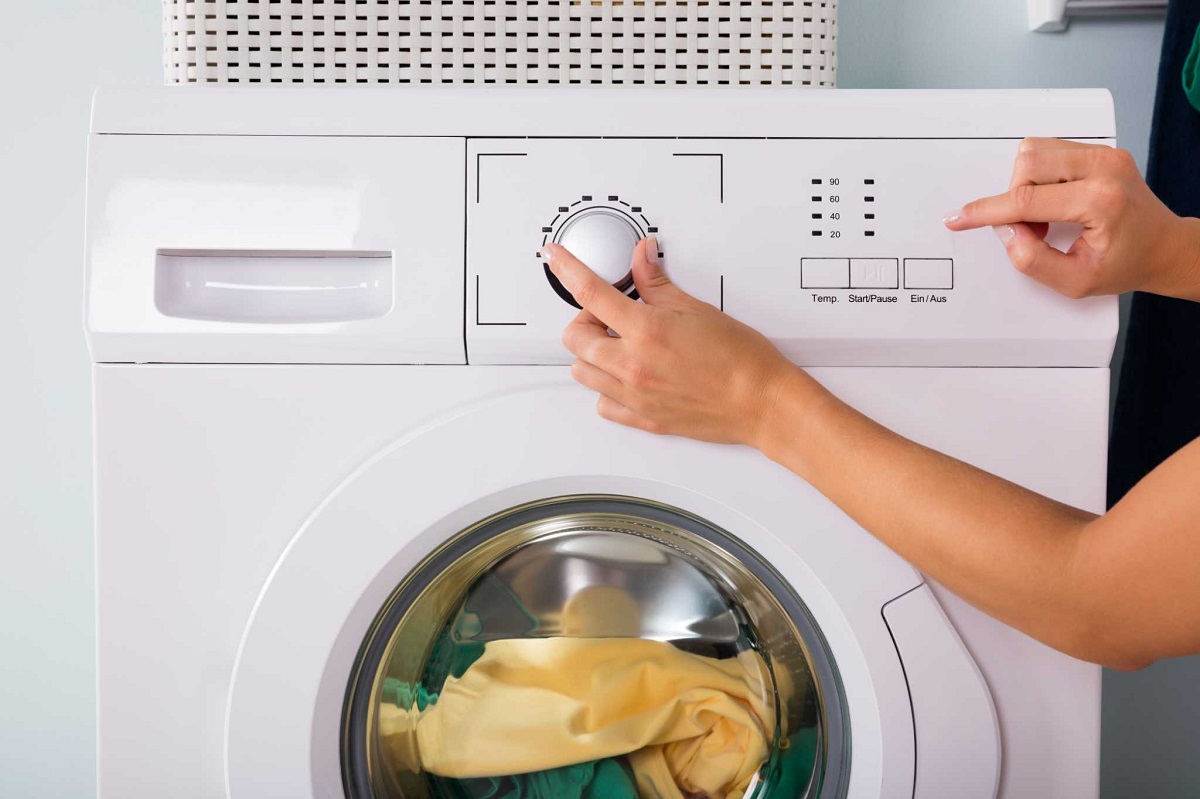
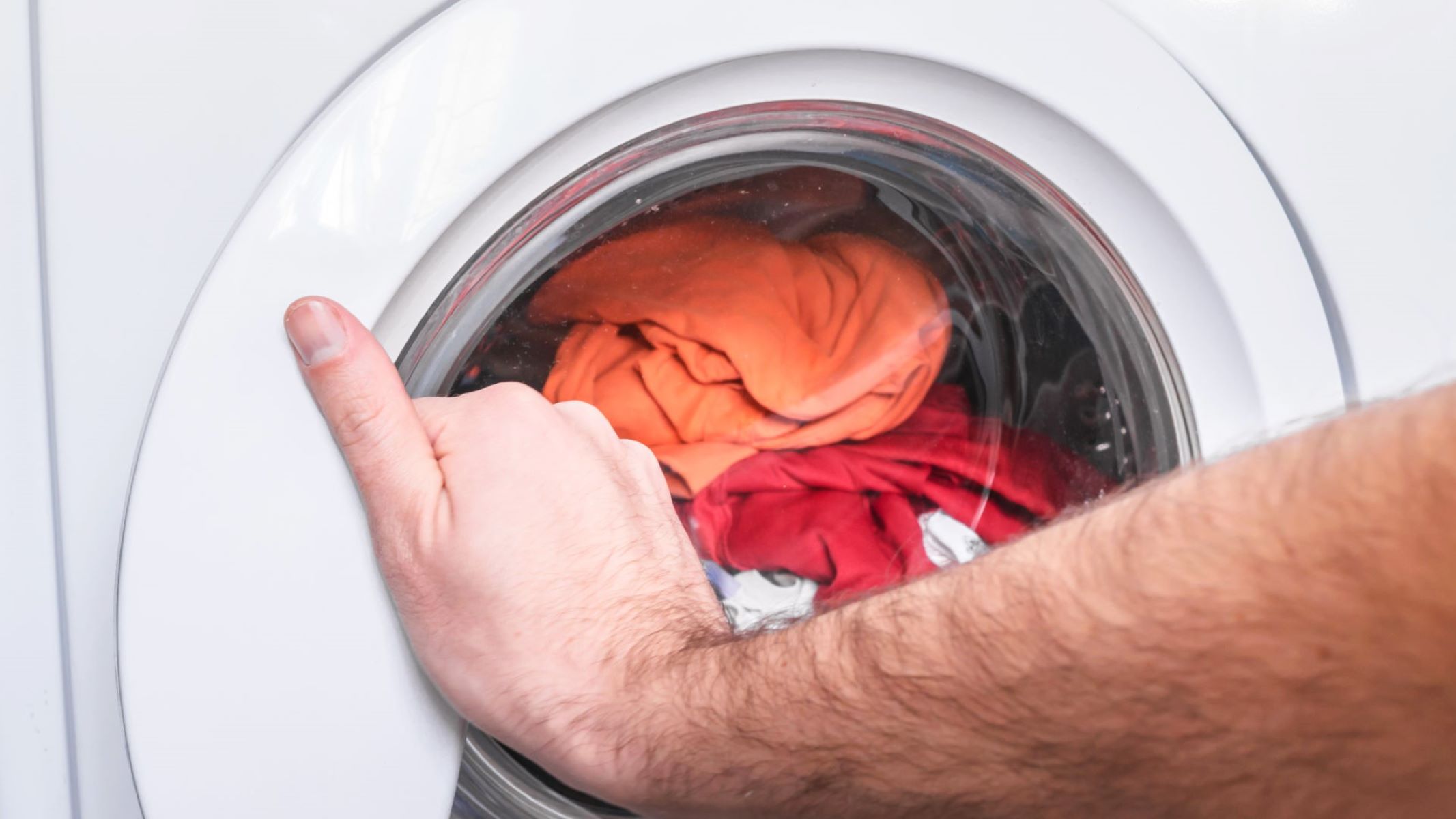

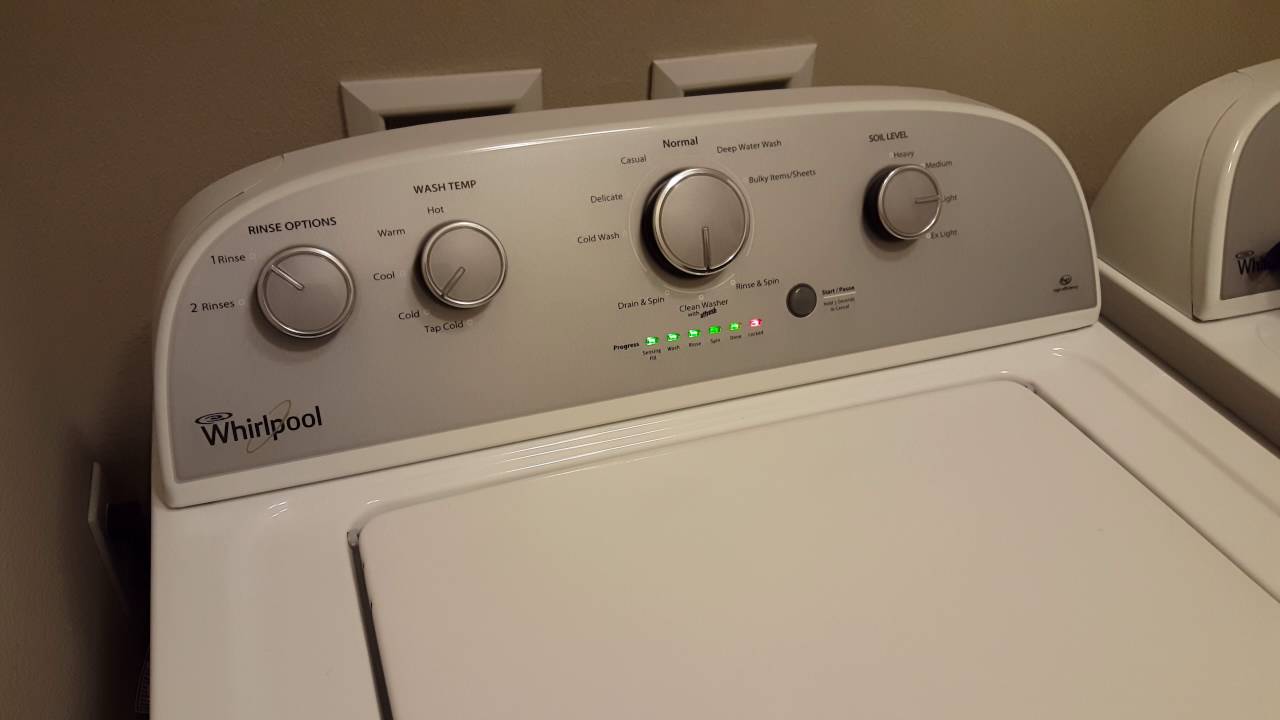
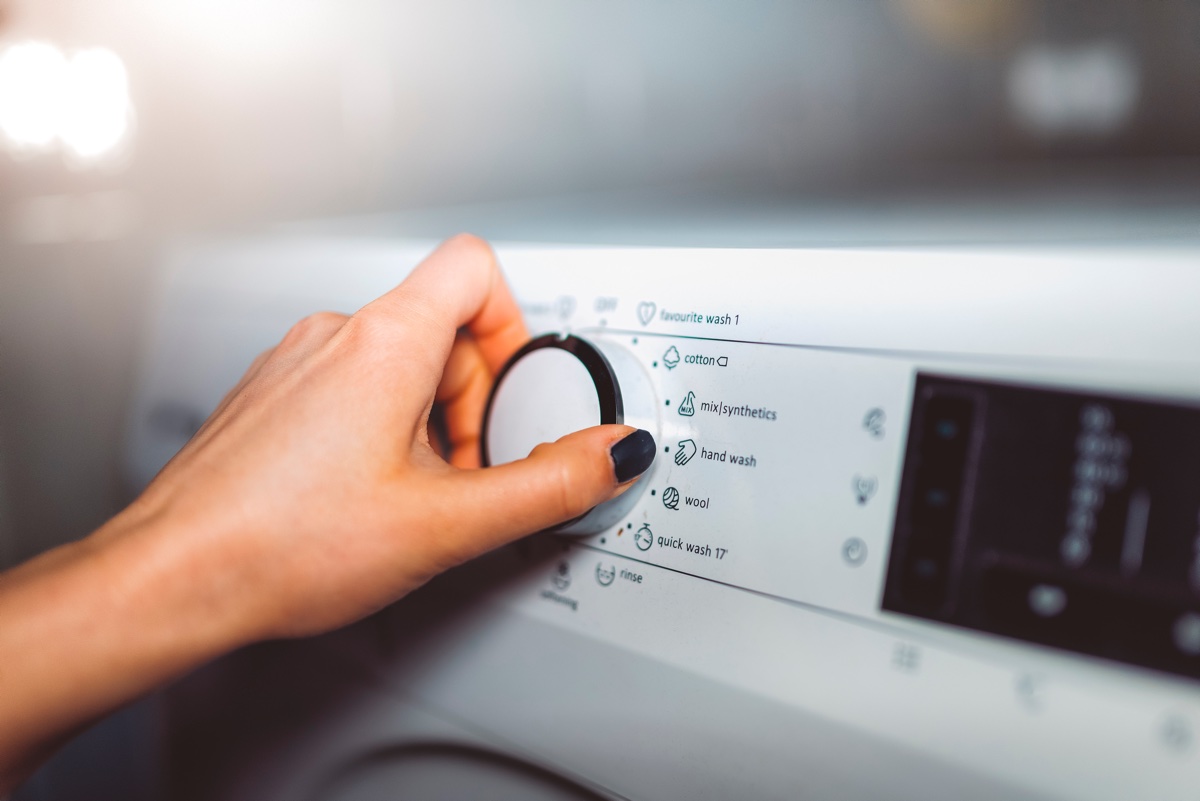


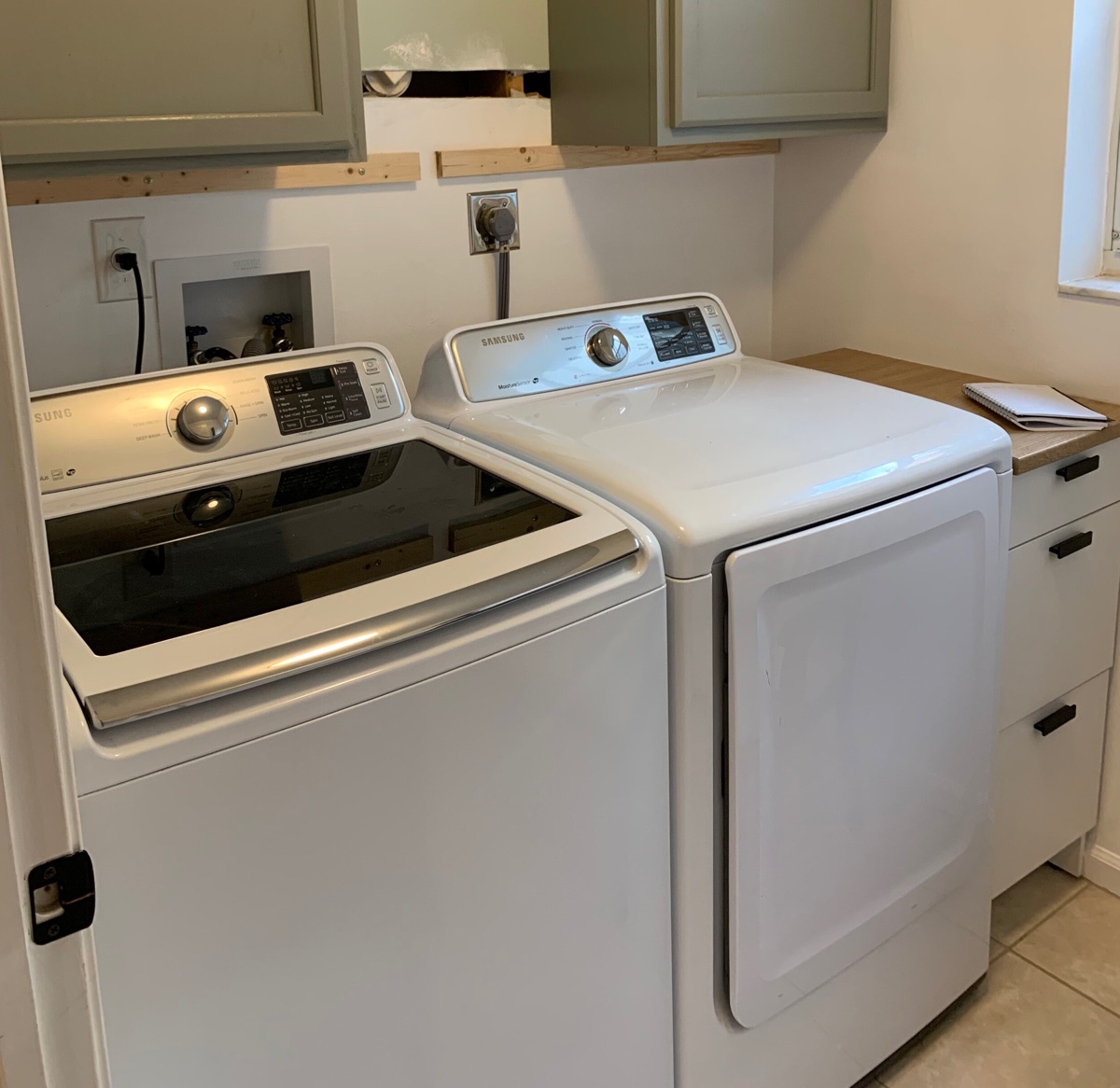
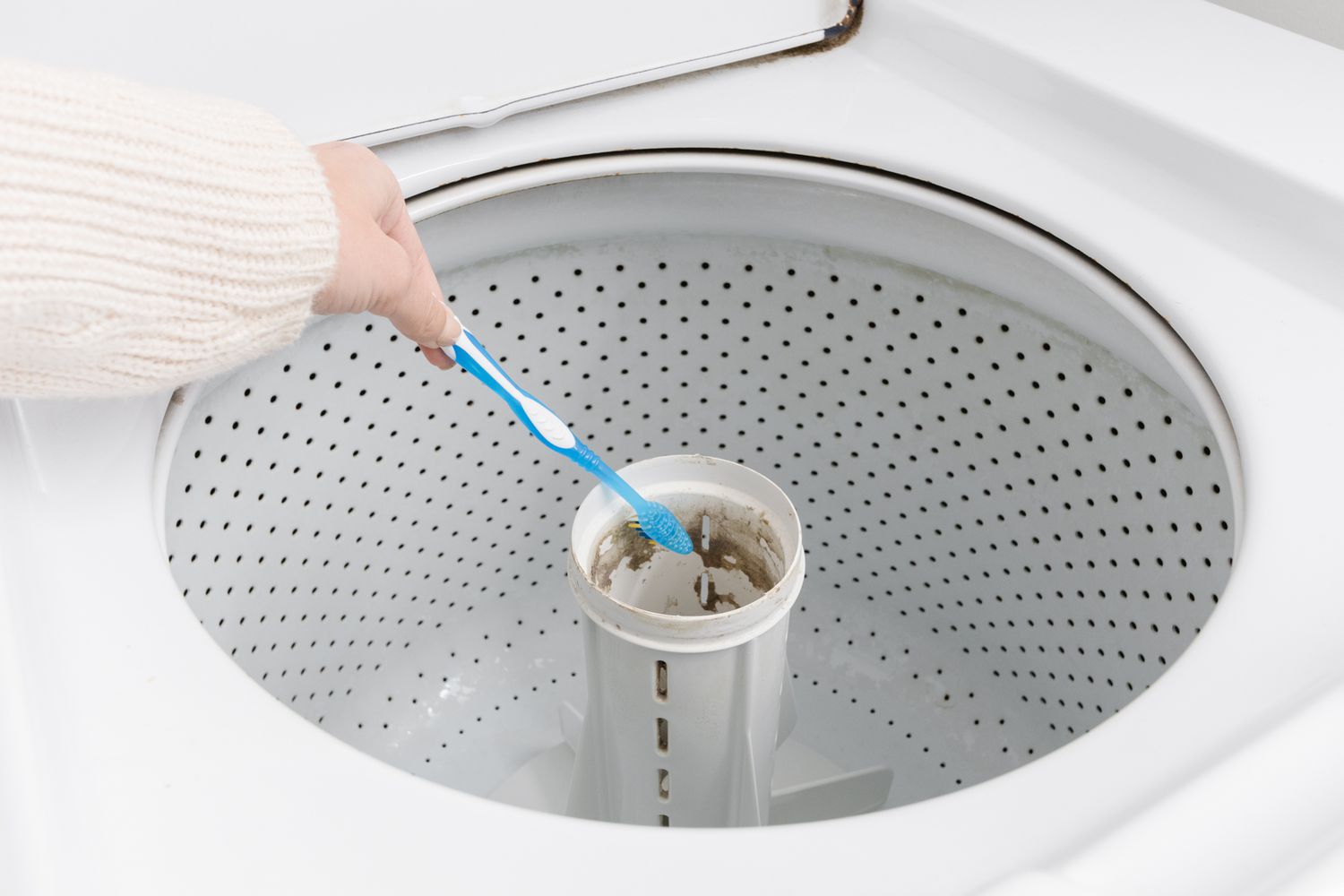
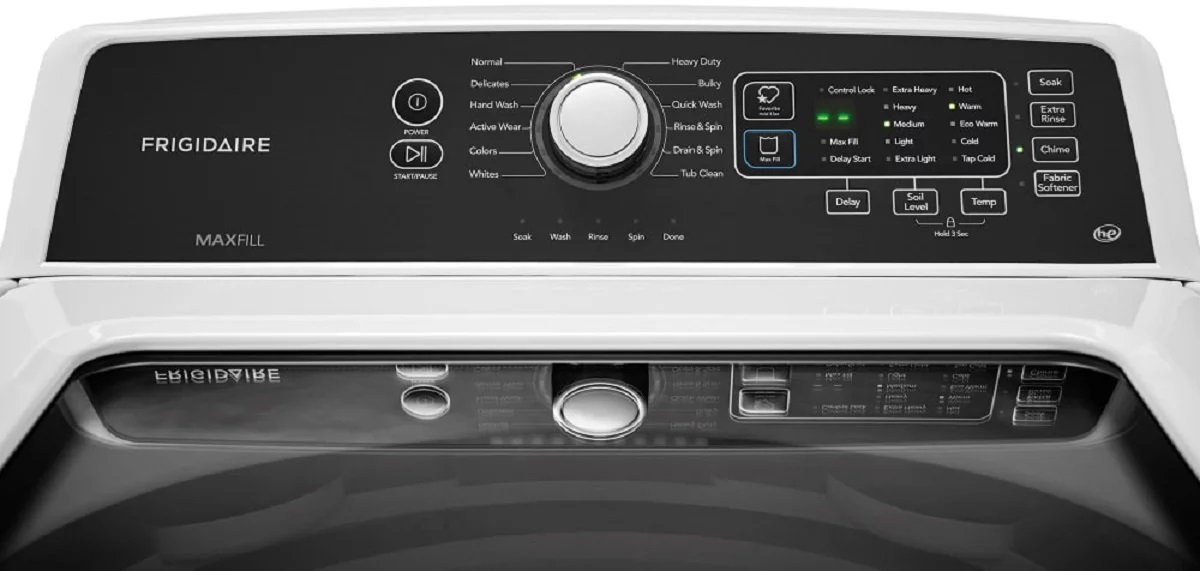

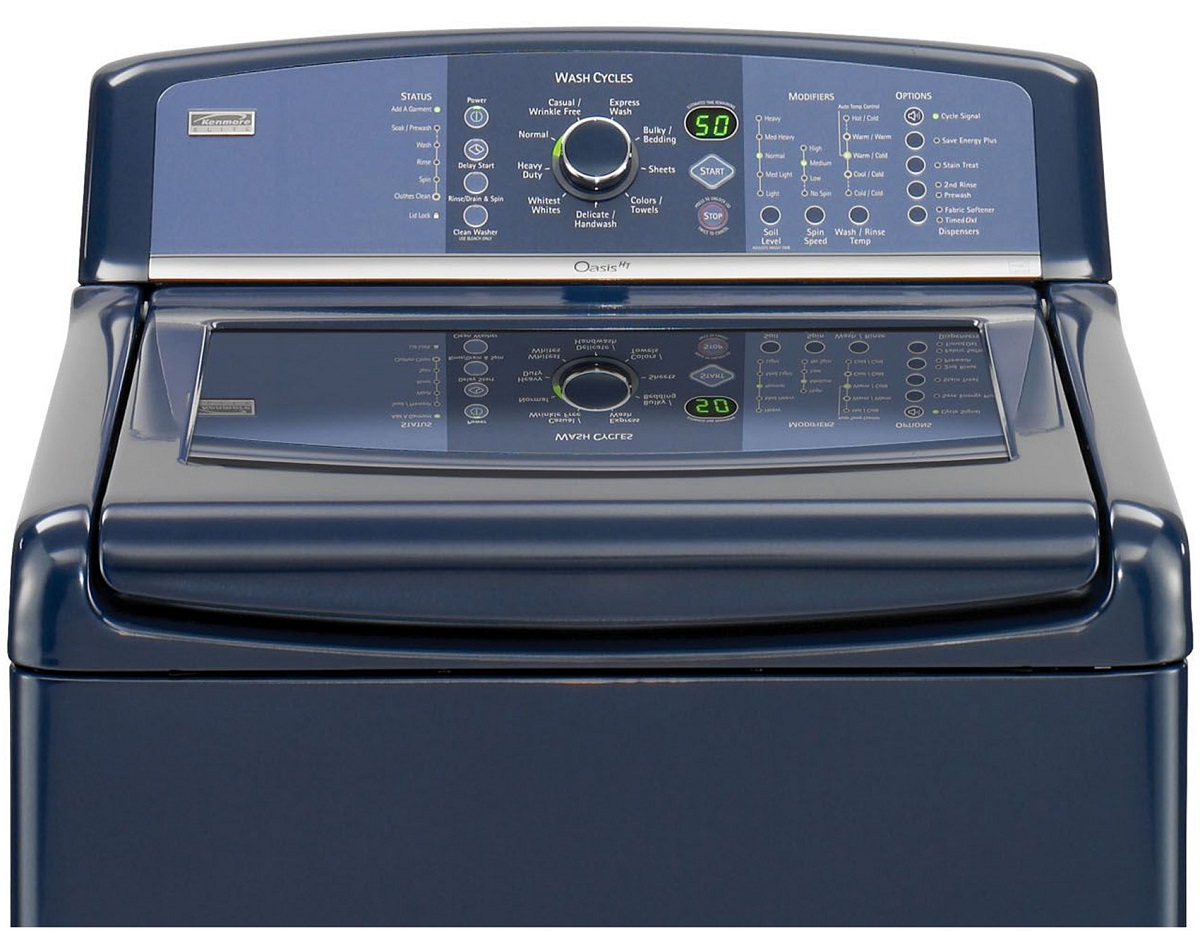



0 thoughts on “How To Wash Underwear In The Washing Machine”